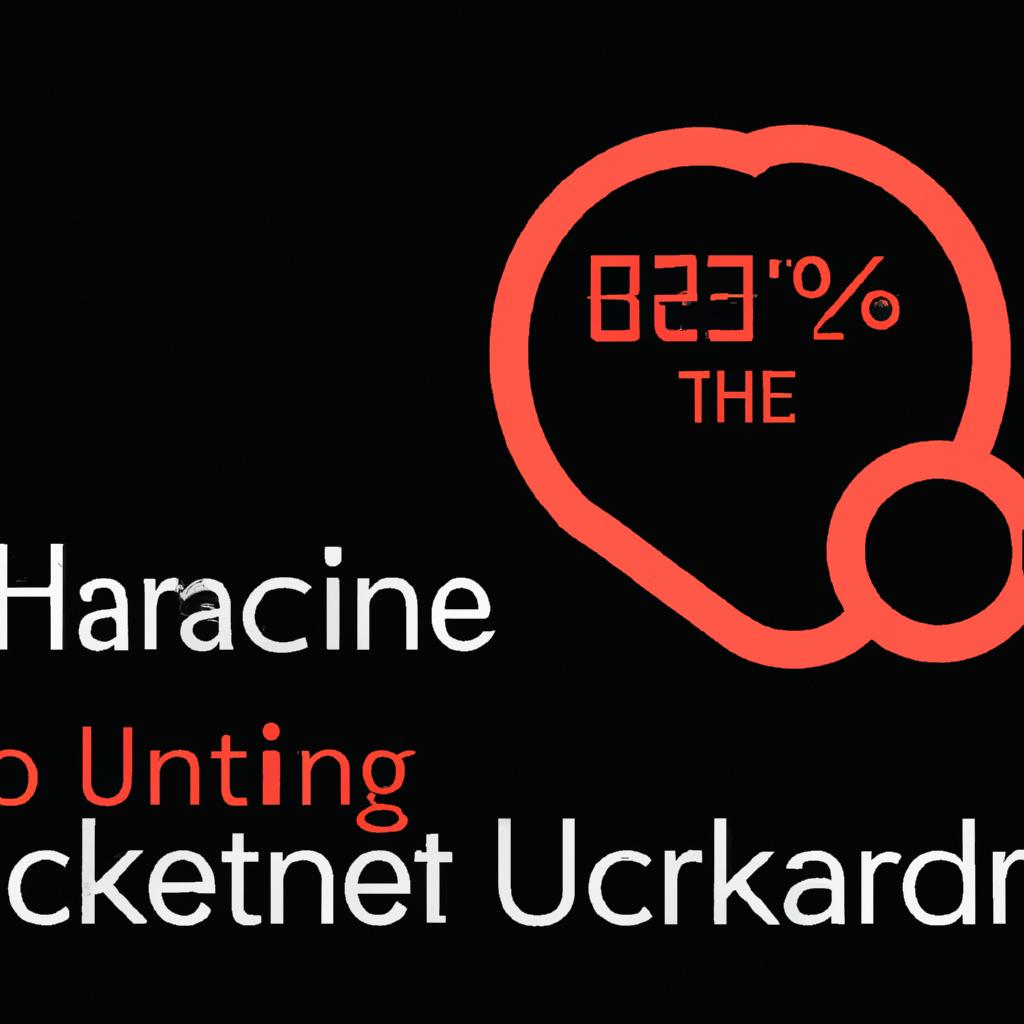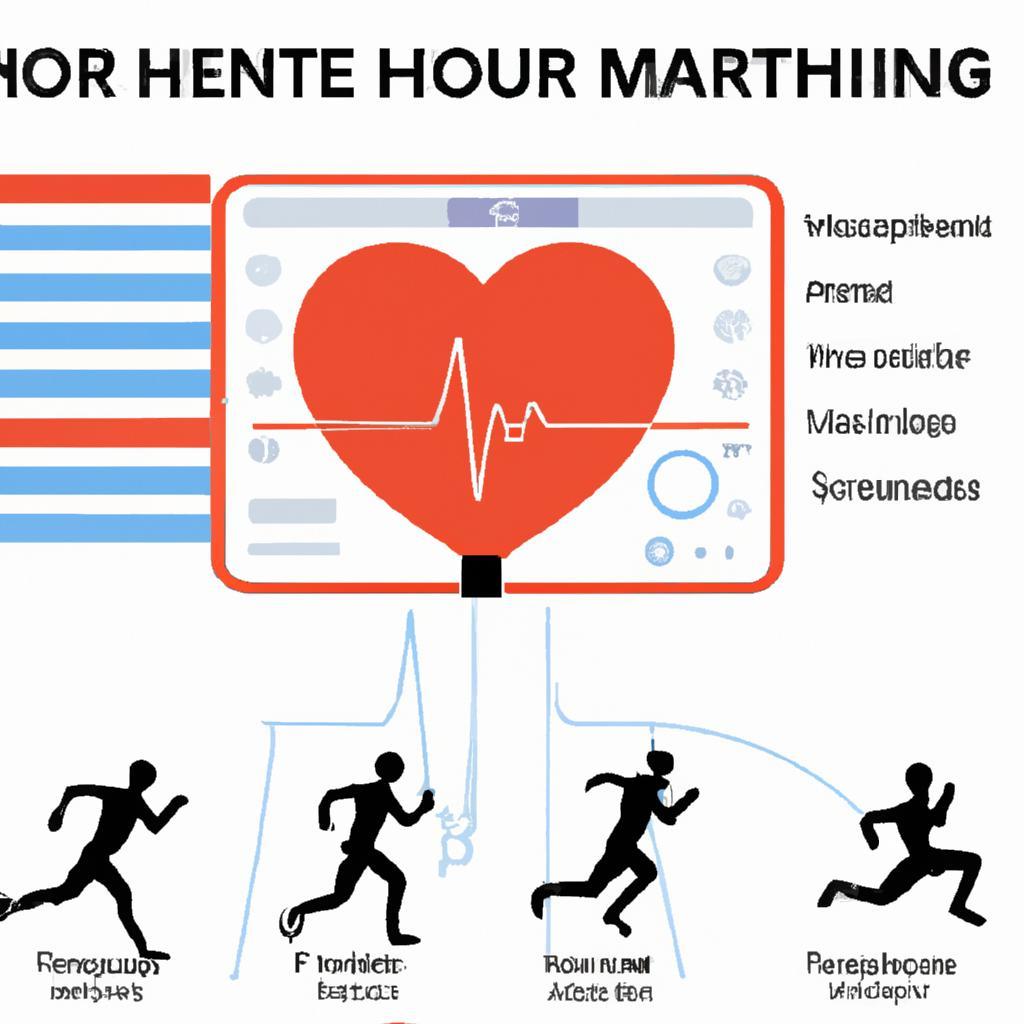In the world of running, where every heartbeat mirrors the rhythm of resilience and endurance, the heart serves as both a guide and a gauge for optimal performance. As individuals lace up their sneakers and hit the pavement or trail, a deeper understanding of cardiovascular health becomes paramount. Enter heart rate monitoring—an invaluable tool that not only enhances training but also safeguards well-being. This article delves into the symbiotic relationship between heart health and running, exploring how tracking heart rates can empower runners to tune into their bodies, optimize their workouts, and ultimately foster a lifelong commitment to fitness. Join us as we uncover the transformative benefits of heart rate monitoring and its pivotal role in maintaining a strong, healthy heart on the journey to becoming a better runner.
Unlocking Endurance Through Heart Rate Awareness
Understanding and monitoring your heart rate can significantly enhance your running performance by allowing you to train smarter rather than harder. When you are aware of your heart rate zones, you can tailor your workouts to target specific goals, whether that’s increasing endurance, improving speed, or facilitating recovery. Key benefits of incorporating heart rate awareness into your training regimen include:
- Optimized Training: Identify your aerobic and anaerobic thresholds to maximize your output.
- Injury Prevention: Recognize when your body is under stress and adjust your pace accordingly.
- Effective Recovery: Monitor your heart rate during cooldowns to ensure you’re returning to a healthy baseline.
- Motivational Insights: Set benchmarks and track improvements over time for sustained motivation.
To help visualize your heart rate zones, consider the following table:
| Heart Rate Zone | Percentage of Max HR | Goal |
|---|---|---|
| Zone 1 | 50-60% | Recovery |
| Zone 2 | 60-70% | Aerobic Endurance |
| Zone 3 | 70-80% | Fitness Improvement |
| Zone 4 | 80-90% | Performance |
| Zone 5 | 90-100% | Max Effort |
By unlocking the secrets of your heart rate, you can make informed decisions that lead to a more effective and enjoyable running experience.

Managing Your Training Zones for Optimal Heart Health
To harness the full benefits of heart rate monitoring, it’s essential to understand how to effectively manage your training zones. By identifying and tailoring your workouts to specific heart rate thresholds, you can ensure that you are not only improving your cardiovascular fitness but also optimizing your overall heart health. Consider these key training zones:
- Resting Zone: Your baseline heart rate when at rest. Aim to lower it over time.
- Fat Burning Zone: Usually between 60-70% of your maximum heart rate. Ideal for sustaining longer workouts.
- Aerobic Zone: Around 70-80% of your max. This zone enhances endurance and health.
- Anaerobic Zone: 80-90% of max heart rate. Supports high-intensity interval training (HIIT).
- Red Line Zone: Over 90% of your maximum heart rate. Use sparingly to avoid burnout.
Keeping your workouts within these designated zones will help you maximize fat loss, build stamina, and develop strength while protecting your heart from overexertion. Each session you engage in should be intentional, allowing you to adjust your pace, duration, and rest intervals according to how your body responds within these ranges. Over time, monitoring your heart rate can lead to increased performance and a more sustainable running routine, ultimately benefiting your heart health.
| Training Zone | Heart Rate (% of Max) | Benefits |
|---|---|---|
| Resting | 50-60% | Improved baseline health |
| Fat Burning | 60-70% | Increased fat loss |
| Aerobic | 70-80% | Enhanced endurance |
| Anaerobic | 80-90% | Boosted strength and power |
| Red Line | 90-100% | Max effort training |
Closing Remarks
the symbiotic relationship between heart health and running is not to be underestimated. As we lace up our shoes and hit the pavement, the rhythm of our heartbeat becomes a vital metronome, guiding us through each stride. Heart rate monitoring emerges as an invaluable tool, providing insights that empower runners to train smarter, recover better, and ultimately, safeguard their cardiovascular well-being.
By embracing technology, we harness the ability to listen to our bodies more intuitively, deciphering the signals that indicate our peaks and valleys. Whether you’re a seasoned marathoner or a casual jogger, understanding the nuances of your heart rate can transform your running experience—inviting you to explore new terrains with confidence and resilience.
So, as you take your next run, remember that every heart-pounding moment is not just a testament to your effort but also a celebration of your commitment to heart health. Embrace the journey, monitor your pace, and let your heartbeat guide you toward a healthier future, one step at a time.










Leave a Reply